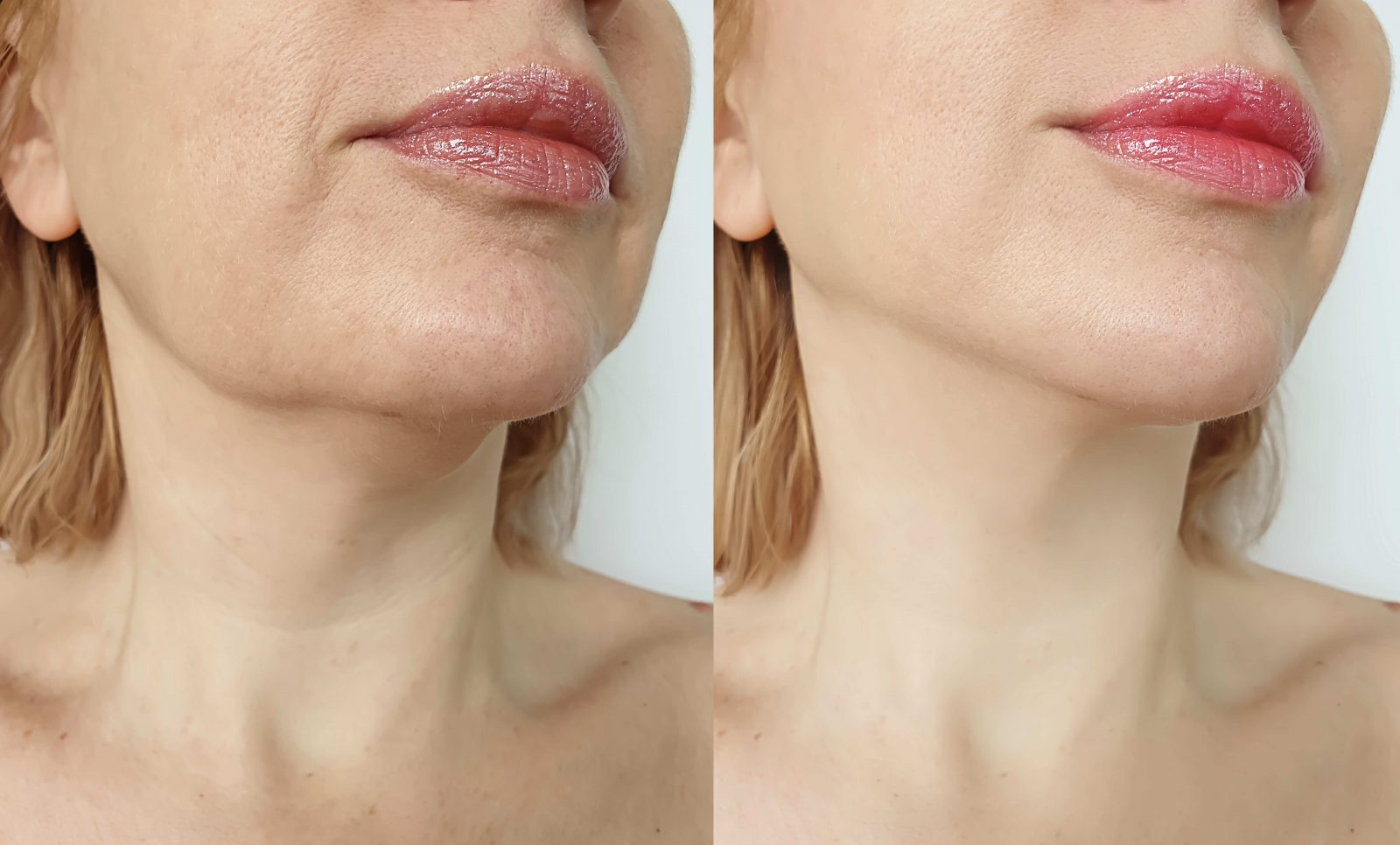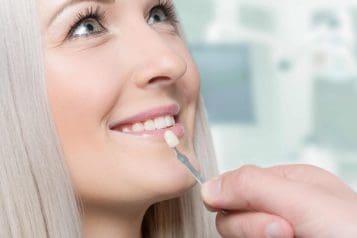Nationally renowned board-certified plastic surgeon, Dr. Jose Rodríguez-Feliz serves local and international clients at his boutique aesthetic practice in Miami, FL. He is one of few surgeons in the United States that after completing his Residency in Plastic and Reconstructive Surgery, pursued further training in Oculoplastic and Aesthetic Surgery under world-renowned plastic surgeon Dr. Mark Codner. This gave him the opportunity of nurturing his passion for form and beauty as well as to earn a specialization in aesthetic eyelid surgery (blepharoplasty), complex/revision eyelid surgery, correction of droopy eyelids (ptosis surgery), facial plastic surgery (e.g. face/neck lifts, nose surgery, ear surgery), non-surgical facial rejuvenation (e.g. Botox/Dysport, dermal fillers), and aesthetic breast surgery (e.g. endoscopic breast augmentation).
Dr. Rodríguez-Feliz has published numerous peer-reviewed articles in some of the industry’s top scientific journals, including Plastic and Reconstructive Surgery®, Annals of Plastic Surgery, Journal of Craniofacial Surgery, and Aesthetic Plastic Surgery. Dr. Rodríguez-Feliz and co-authors were honored with the 2015 Best U.S. Paper Award by Plastic and Reconstructive Surgery®, the premier and most prestigious plastic surgery journal in the world.
 Photo Credit: Shutterstock
Photo Credit: Shutterstock
As the fine lines start to become visible and our necks start to sag, a lightbulb moment goes off in our heads, is it time to get a facelift? A facelift, or rhytidectomy, is a surgical procedure that aids in the visibility of aging in the face and neck. Haute Beauty sat down with Dr. Jose Rodriguez-Feliz to get the answers to these common questions facelift patients inquire about prior to receiving the procedure.
Haute Beauty: What is the ideal age for a facelift?
Dr. Rodríguez-Feliz: This is always a hard question to answer and I definitely get it in all my facelift consultations. I do not think there is an “ideal age” for a facelift. I have done a facelift in patients as young as 40 years old and I know of colleagues who have done many patients in their 30’s. I have seen a shift towards a younger age and I believe it’s related to some of the benefits of the deep plane facelift technique that has gained popularity. In essence, aging in the face is more related to facial anatomy and sun damage than chronological age. Many of those in their 20’s and 30’s that initially consider doing fillers will soon after start to think about a more cost-effective, long-lasting solution, that maintains a natural look.
HB: What are the different types of facelifts? Which one do you recommend for each age group?
DRF: A great and simple way of classifying facelifts is those that only pull on the skin and those that involve lifting forces on the underlying layer called the SMAS.
The skin-only facelift is an outdated technique and I do not recommend it. Some of those patients that were treated with this technique are in fact ideal candidates for deep plane lifts.
My preferred method of treating the lower face and mild to moderate neck aging is by doing a deep plane facelift. In some patients, I need to combine more advanced neck lifting techniques such as platysmaplasty, resection of submandibular glands, deep neck contouring, and fat grafting to the jawline in order to get even better results when it comes to the neck area.
HB: Do you recommend combining other facial procedures? If so, which ones?
DRF: There are many other procedures that are combined with a facelift. The most common one is obviously a neck lift because the aging of the face and neck go hand in hand. That being said, there are some patients that only show signs of aging in one or the other. Facelifts and neck lifts, although in the majority of people are done at the same time, can be used to treat an isolated area.
The most commonly done surgeries along with my facelifts are upper and lower blepharoplasty. Some patients also benefit from an upper facelift. I say upper because the conventional “facelift” is really to address the lower face, jawline, and neck area. The upper facelift improves the temple area and brow/forehead complex.
Buccal fat pad or bichectomy is also done in some patients with fullness in the lower cheeks. The upper cheek area can get lifted with the deep plane facelift.
Renuvion, also known as J-Plasma, is another technology I have used along with my deep plane facelifts over the past 2 years. It is RF with Helium and is used under the skin for tightening. It has taken my facelift results to the next level.
I am a big fan of treating the skin during facelifts. My two preferred methods are TCA chemical peels and resurfacing.
HB: How long do the results last?
DRF: After a deep plane facelift, most reports suggest longevity around 10-15 years. On average, facelift patients look about 12 years younger based on some recent scientific data. This will be a question for decades to come.
What I always tell patients is that there is no stop for the aging process, but if they compare themselves over a period of time, their own version that had surgery will always look younger than their “no surgery” version. I just want them to understand that is not like they will wake up one day and suddenly look “older” after 10-15 years.
HB: How often do you have to follow up with these results?
DRF: There are patients that do very well. I also have patients at 3 days post-op looking like they had nothing done. All of my facelifts stay in our recovery suite overnight with a private nurse. I see them the next day. Then again at 3 days to remove the dressing, drains if they have, and for a general check-up. I remove sutures at 1 week. At this time most of our out-of-town patients fly back home.
View this post on Instagram
At 6 weeks I do a follow-up where I take the first set of photos. If they are from out of town this is done virtually. Then we do 3 months and 6 months post-op follow-up. At that point, most of them are doing well and no further check-ups are necessary.
For more information, visit Dr. Brian A. Levine's social media:

























